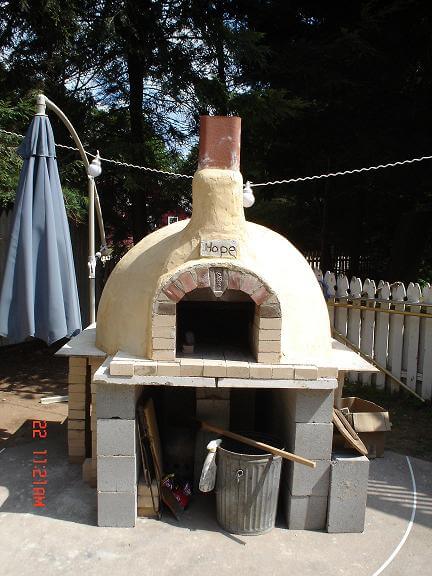I am designing a light weight Neapolitan oven (think of it as a quick heating oven, i'm not baking bread for city-wide distribution)). I have all the materials for the dome and will begin laying up the blended FB mortar (FB mortar [darn fast delivery from Forno], stainless needles, fire-clay, pumice fines) for the domes hot-face over my mold.
Seems like the toughest part of the Neapolitan is the over-the-dome flue. I was thinking of cutting clay flue (cons, PITA to cut), but realized I could get stainless steel mesh/wire-cloth to form a very nice custom concrete flue over the dome. Pros: wide as the oven exhaust, low profile. I'm ok if it cracks, it just can't collapse. any thoughts or comments appreciated. I understand there are thermal differences between cement and stainless but if the needles work why not a stainless mesh?
Thanks,
MeLoN
Seems like the toughest part of the Neapolitan is the over-the-dome flue. I was thinking of cutting clay flue (cons, PITA to cut), but realized I could get stainless steel mesh/wire-cloth to form a very nice custom concrete flue over the dome. Pros: wide as the oven exhaust, low profile. I'm ok if it cracks, it just can't collapse. any thoughts or comments appreciated. I understand there are thermal differences between cement and stainless but if the needles work why not a stainless mesh?
Thanks,
MeLoN






Comment